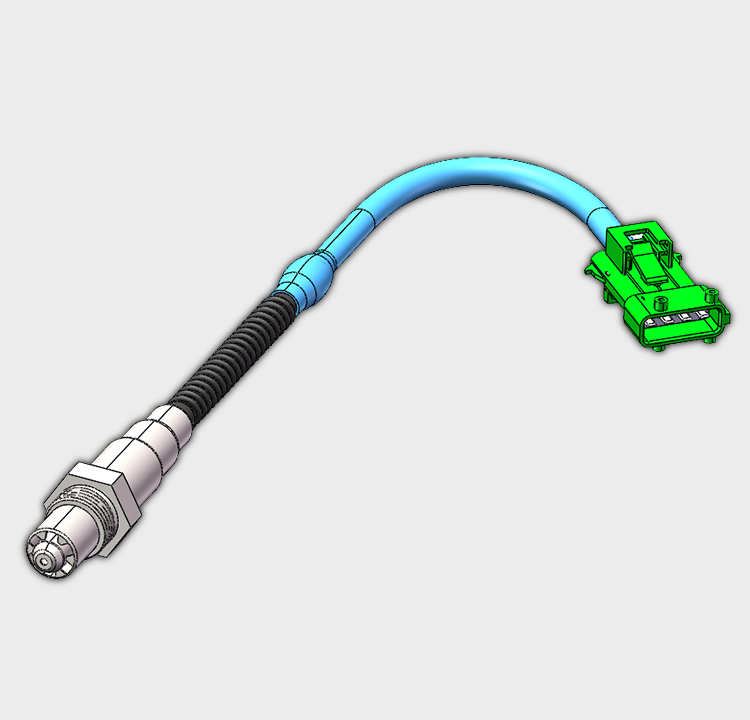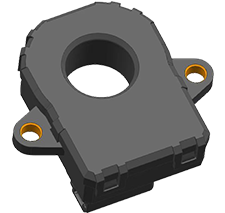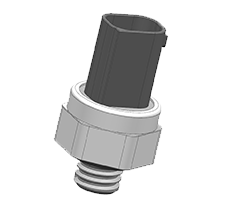

Automotive Oxygen sensor is a part that detects the amount of oxygen in the exhaust gas of vehicle engine. It feeds back its own voltage signal to the engine electronic control unit (ECU) for air-fuel ratio closed-loop control. Oxygen sensor is an essential component of modern engine management system (EMS).
Strong reliability.
Short light-off time.
Strong anti-poisoning ability.
Stable signal.
Good sealing performance.
Quick response.
Performance and customer interface compatible with OEM products.
Reduce car fuel consumption.
Meet automotive emission requirements.
Improve the efficiency of the catalytic converter.
Participate in closed-loop control.
The oxygen sensor uses a flat structure multilayer ceramic chip as the basic sensing element, and its working principle is equivalent to a simple solid galvanic cell. There will be an electrical voltage difference between the electrodes on two sides of the oxygen sensor due to the difference of oxygen ion concentration. As the outer electrode is exposed to the exhaust gas, the oxygen ion concentration will change according to the actual working conditions, while the inner electrode is the reference air, and the oxygen ion concentration is unchanged. When the air fuel ratio of the engine is lean, the oxygen ion concentration in the exhaust gas is relatively high, and the oxygen ion concentration difference between the inner and outer electrodes is small, and the sensor output voltage is low close to 0V; On the contrary, when the air-fuel ratio is rich, the oxygen ion concentration in the exhaust gas is relatively low, and the oxygen ion concentration difference between the inner and outer electrodes is large, and the sensor output voltage is high, close to 1V.
Customized to customer choice of connection system.
Custom packaging can be provided to meet any need, please contact KESENS Engineering for details.
Heater operating voltage13V±0.5V
Lambda =1.03
≤120mv
Heater operating voltage13V±0.5V
300mv—600mv
≤100ms











